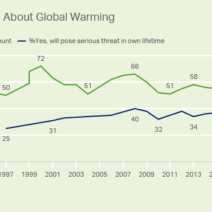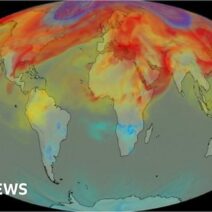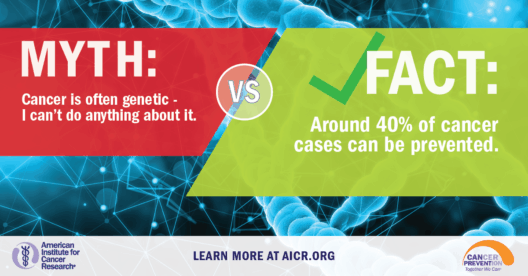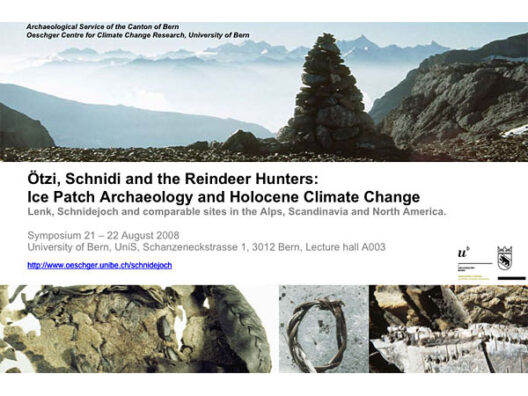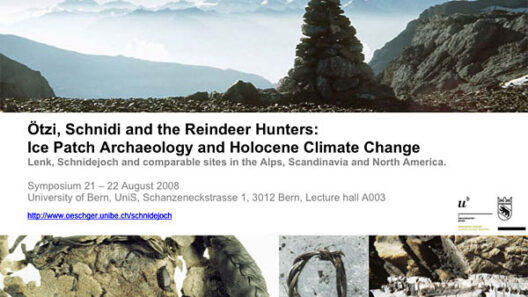The issue of climate change, particularly in relation to the greenhouse effect and global warming, has increasingly become a topic of urgent discussion. Have you ever pondered how your daily actions contribute to this escalating crisis? What if every choice you made could either mitigate or exacerbate the situation? This query presents a formidable challenge: the necessity for conscientious behavioral adaptations to alleviate the detrimental impacts of human activities on our planet.
The greenhouse effect occurs when certain gases, known as greenhouse gases (GHGs), accumulate in the Earth’s atmosphere and trap heat. While this is a natural phenomenon that keeps our planet warm enough to support life, human activities, particularly through the burning of fossil fuels and deforestation, have dramatically intensified this effect, leading to global warming. Addressing this issue requires an understanding of its causes and the implementation of effective prevention strategies.
One of the predominant GHGs is carbon dioxide (CO2), which primarily results from burning fossil fuels for energy, transportation, and industrial processes. Methane (CH4), another potent greenhouse gas, comes from agricultural practices, waste management, and the production and transport of coal, oil, and natural gas. Thus, one cornerstone of mitigating the greenhouse effect is reducing the output of these emissions.
To effectively reduce GHG emissions, a multifaceted approach is required. First, transitioning to renewable energy sources such as solar, wind, and hydroelectric power plays a crucial role. These energy sources produce little to no GHGs, unlike traditional fossil fuels. Governments and corporations must invest heavily in research and development to make renewable technologies more accessible and efficient. As consumers, individuals should advocate for policies that support the transition to cleaner energy and consider using renewable energy options when available. Imagine a future where your household is powered entirely by solar energy, significantly reducing your carbon footprint.
Moreover, energy efficiency in homes and industries is paramount. This can involve simple actions, such as using energy-efficient appliances, LED lighting, and better insulation. Additionally, the adoption of smart technologies can automate energy-saving practices, reducing unnecessary energy consumption. What if every household were a beacon of energy efficiency? The cumulative impact would be profound.
Transportation is another significant source of GHG emissions. The challenge lies in reimagining how we move from place to place. Consider the possibilities: encouraging public transportation, cycling, carpooling, or transitioning to electric vehicles can drastically lessen our reliance on fossil fuels. Urban planning strategies that prioritize walkable communities can reduce the need for cars altogether. Imagine living in a city where the air is clean, and transportation is efficient and sustainable—this can be our reality through collective action.
Beyond energy and transportation, modifying agricultural practices offers yet another avenue for reducing GHG emissions. Agriculture is responsible for a substantial portion of methane emissions. Practices such as optimizing fertilizer use, improving manure management, and adopting sustainable farming techniques can significantly curb emissions from this sector. Furthermore, supporting local and organic agriculture reduces the carbon footprint associated with food transportation and promotes soil health—a crucial factor in sequestering carbon. Can you envision a future where our food systems are both sustainable and regenerative?
Deforestation remains a substantial contributor to climate change, as trees play a vital role in absorbing CO2 from the atmosphere. Therefore, forest conservation and reforestation efforts are essential. Governments and organizations must prioritize the protection of existing forests and support initiatives to plant new trees. Individuals can also contribute by participating in tree-planting campaigns or choosing wood products from sustainably managed forests. The potential for restoring our planet’s greenery is immense if we unite in this endeavor.
In tandem with these strategies, raising awareness and fostering a culture of sustainability is imperative. Education on climate change and the greenhouse effect should be integrated into school curricula, helping to forge a generation of environmentally conscious individuals. This cultural shift can inspire communities to adopt more sustainable lifestyles. Have you ever considered how your voice can influence others? By sharing knowledge and engaging in dialogues about climate action, each individual can be a catalyst for profound change.
Moreover, supporting policy changes at the local, national, and international levels is crucial in combating global warming. Advocating for regulations limiting emissions, carbon taxes, and incentives for clean technologies can spur significant progress. Engaging in the political process, whether through voting or grassroots activism, ensures that climate change remains at the forefront of the political agenda. Imagine the power of a collective voice demanding action against climate change!
In conclusion, preventing the greenhouse effect and global warming requires a concerted effort across multiple sectors and disciplines. From harnessing renewable energy to adopting sustainable agricultural practices, each step toward efficiency and reduction of GHGs counts. Furthermore, the power of individual actions, collective advocacy, and educational efforts cannot be overstated. The challenge is formidable, but the opportunities to make a difference are limitless. Will you rise to the occasion and take steps toward a more sustainable future for our planet? The responsibility lies not only with governments and corporations but also with each of us, as we collectively navigate the path to sustainability.
